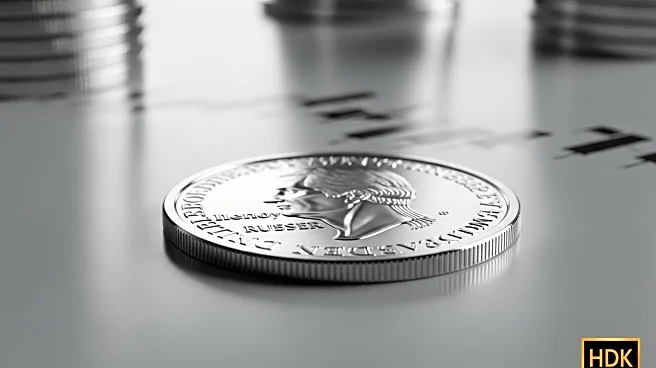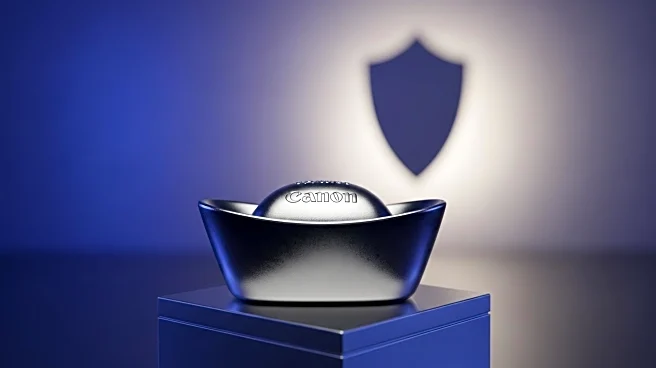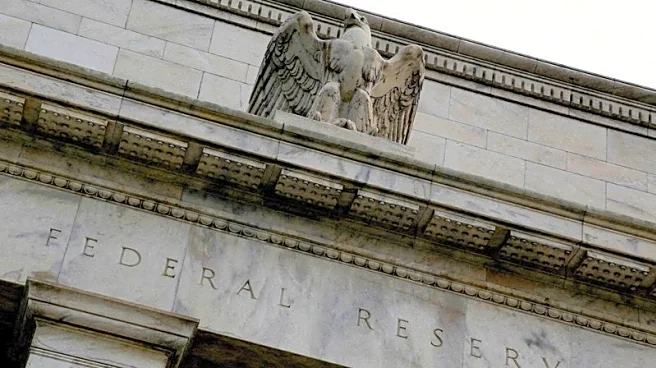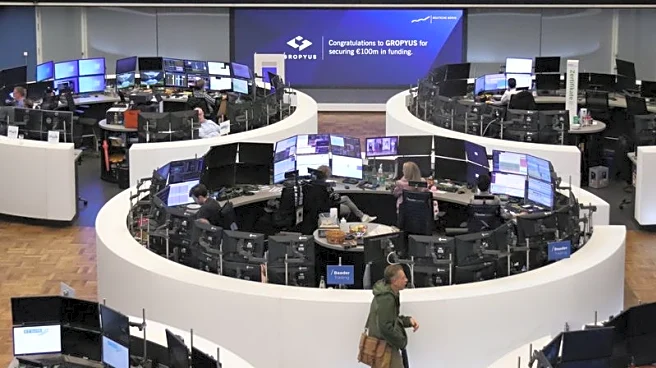What's Happening?
Silver has emerged as a standout performer in the precious metals market, with its price reaching $40.61 per ounce as of September 2, 2025, marking a significant increase from the previous year. This surge is driven by constrained supply, rising industrial demand, and macroeconomic uncertainties, prompting investors to seek hard assets as a hedge against inflation. Gold has also seen record highs, with futures contracts surpassing $3,500 per ounce. The U.S. government has proposed adding silver to its list of critical minerals, emphasizing its strategic importance in domestic manufacturing and supply chain security.
Why It's Important?
Silver's rising price underscores its growing appeal as a hedge against inflation, particularly in the context of ongoing economic uncertainties and changes in U.S. Federal Reserve monetary policy. The metal's industrial applications, such as in electronics and solar panels, further enhance its demand. The U.S. government's recognition of silver as a critical mineral highlights its strategic importance, potentially influencing domestic manufacturing and resource competition with China. Investors are increasingly considering silver as part of diversified portfolios, balancing exposure to both industrial and monetary metals.
What's Next?
The dynamics of the silver market are expected to remain closely tied to broader economic and geopolitical developments. The U.S. and China's strategic competition for critical resources, along with the push for onshoring manufacturing and the evolving energy transition, could shape silver's price trajectory. Investors may continue to explore silver as a hedge against inflation and a potential avenue for capital appreciation. Market participants will monitor macroeconomic shifts and central bank policy decisions that could influence silver's market direction.












